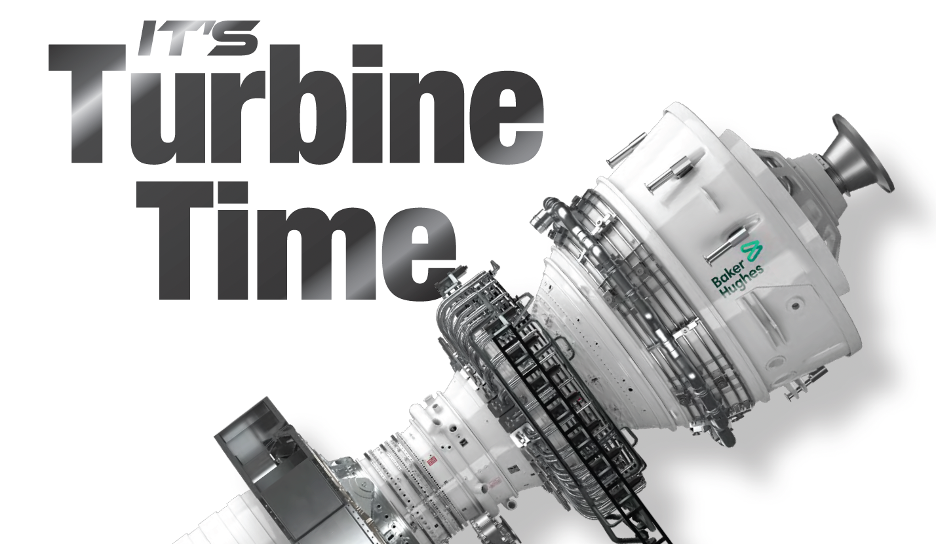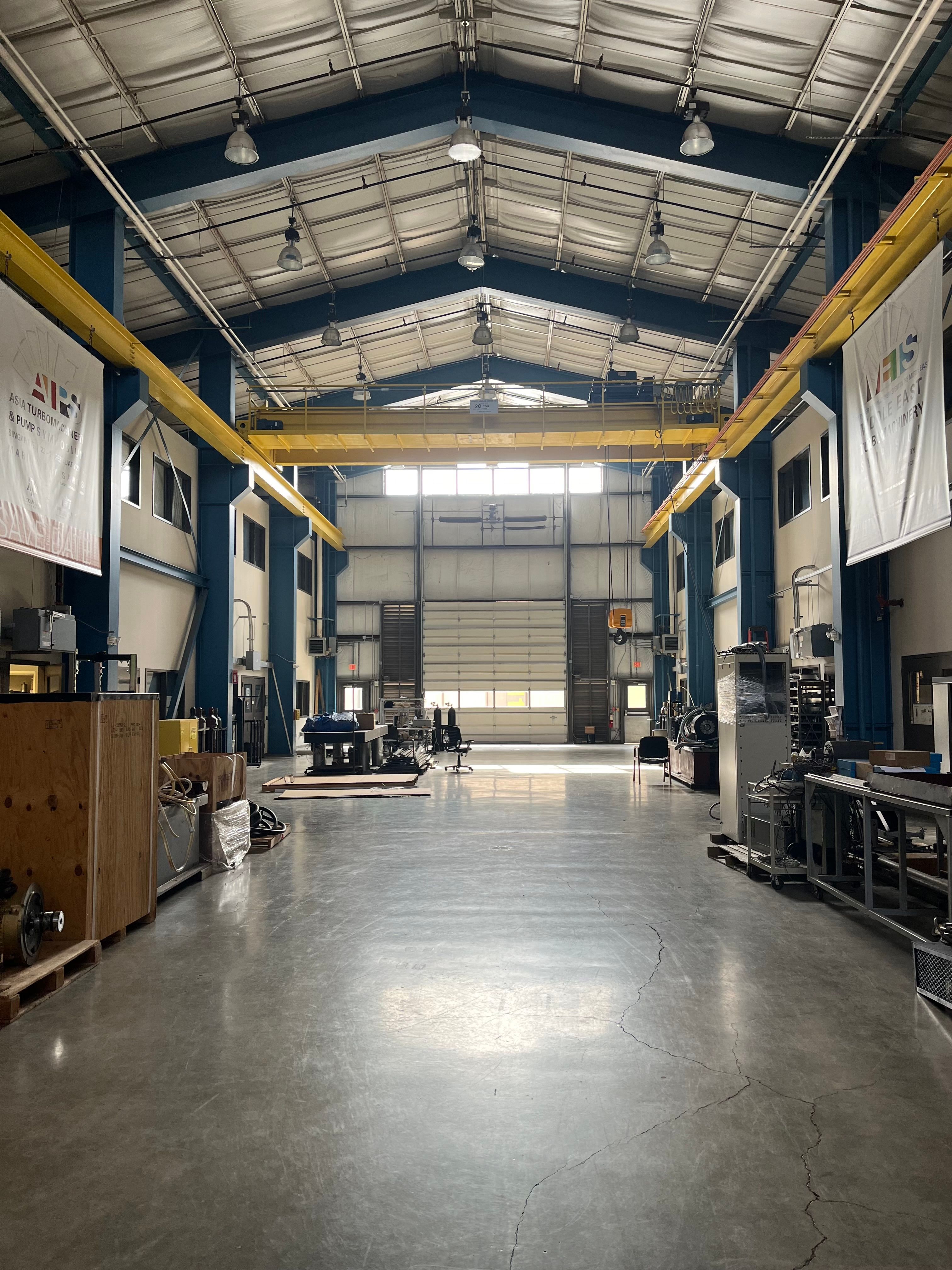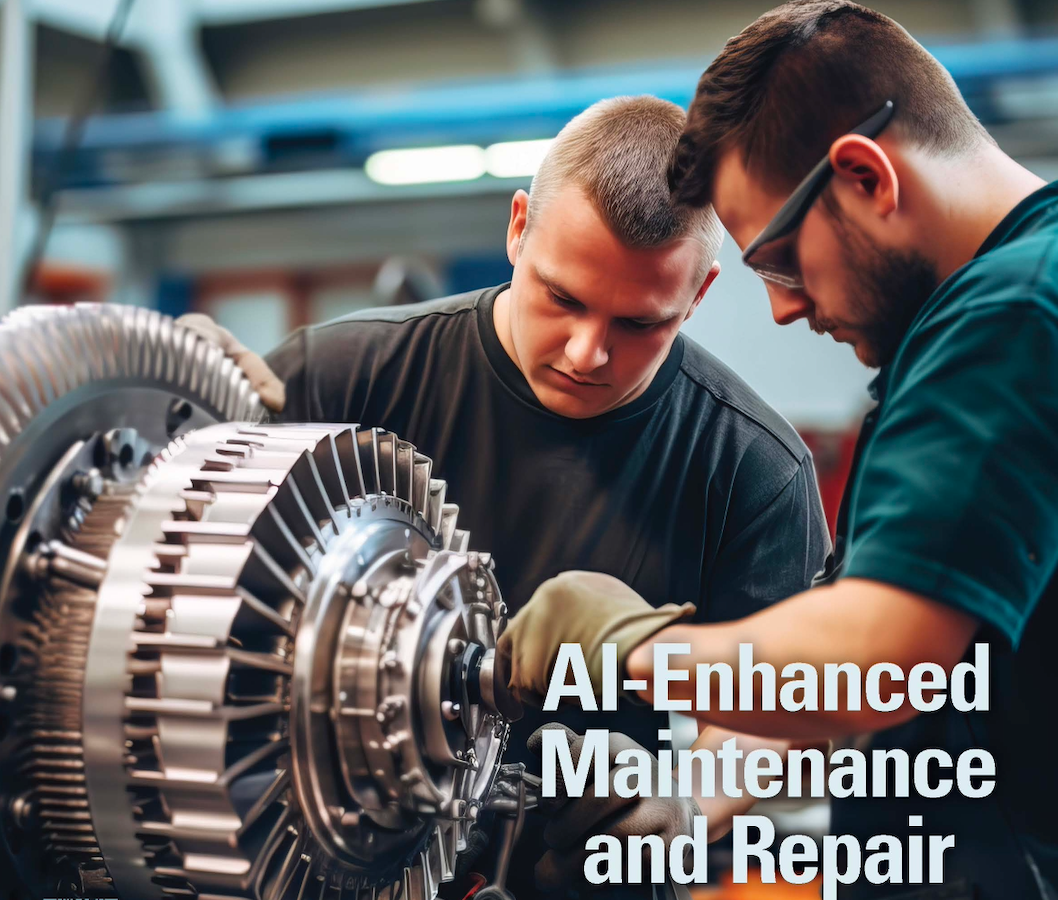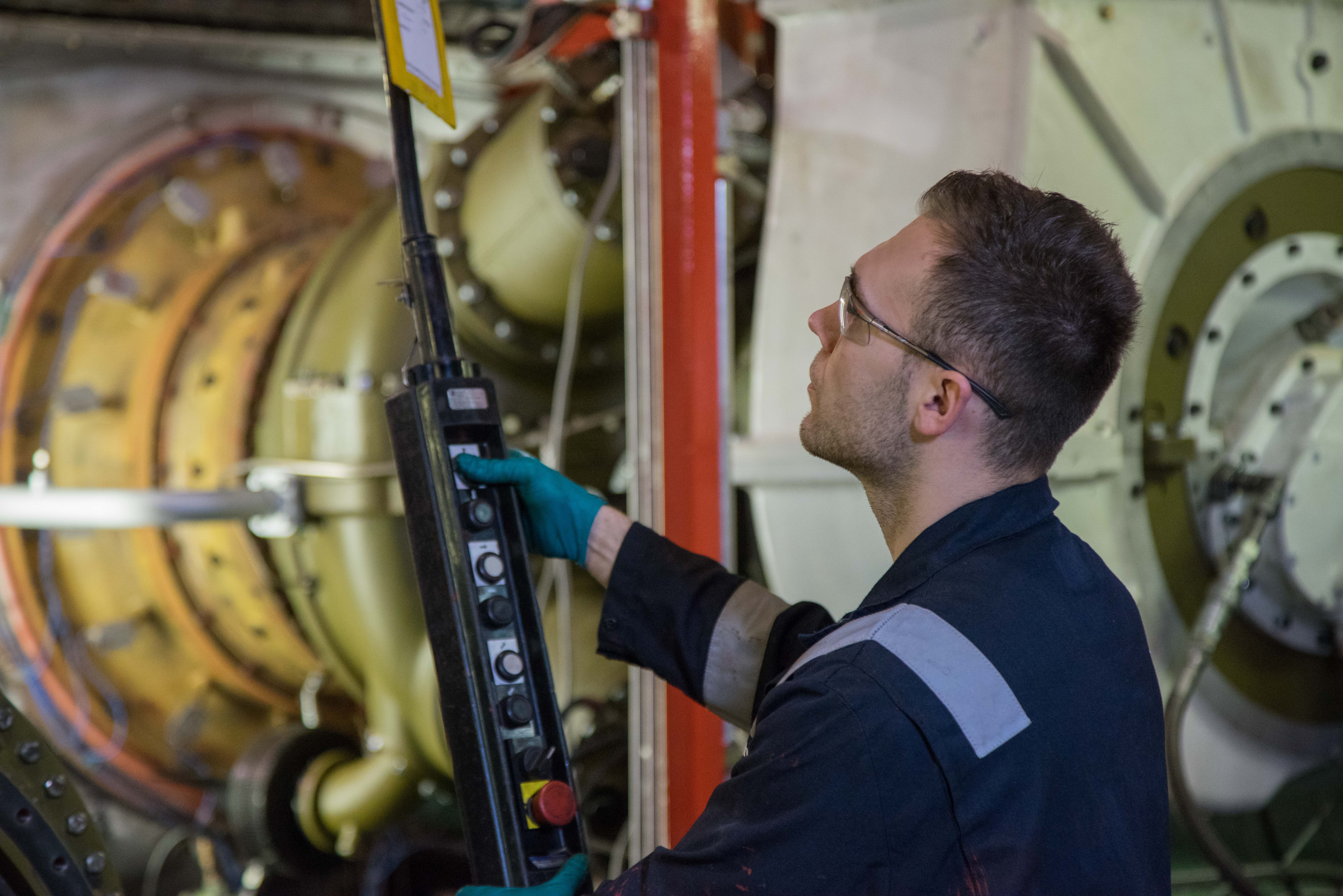Article
NON-DESTRUCTIVE TESTING
Author(s):
CIRCUMFERENTIAL CRACKING OF STEAM TURBINE AND GENERATOR ROTORS
By Teodoro Leon-Salamanca, Rheinhart & Associates
Service-induced defects of steam turbine (ST) rotors can begin in several areas. This includes at the surface, either peripheral areas, inside diameter (ID) bore connected areas, dovetail areas under blading, and areas under shrunk-on disks. These service-related defects will propagate perpendicular to the stress that is induced during service.
For example, bore circumferential or hoop stress can be caused by thermal and mechanical stresses during startup and operation. These stresses, in turn, induce axially oriented bore surface connected defects. Axial and bending stress applied on the shaft by thermal and mechanical forces will induce surface connected circumferentially oriented defects.
A study was conducted of twelve rotors that showed significant service-related circumferential defects. These rendered the rotors temporarily unusable. Some required costly repair procedures before being returned to service. Others were completely retired from service.
Out of the 12 rotors, seven were High Pressure—Intermediate Pressure (HP-IP), four were Double Flow Low Pressure (DFLP), and one was a generator rotor. All had a central bore manufactured by a variety of OEMs.
Circumferential cracking causes
A combination of causes contributed to this type of service-induced defect. This includes: changing service duty cycle from base load to peak load; rotor misalignment and unbalance; reaching design fatigue life (30–40 years of service); excessive amounts of manufacturing defects (non-metallic inclusions, stringers); inappropriate bore machining (not concentric); inappropriate overbore machining (small wall between bore transition and periphery); and fretting on rotor slots caused by rotor wedging (generator rotor).
Nondestructive evaluation
The conventional methods used for nondestructive evaluation (NDE) of a steam rotor periphery include visual testing (VT), wet fluorescent magnetic particle testing (WFMT), liquid penetrant testing (PT) and ultrasonic testing (UT). There are also more specialized NDE methods such as phased array ultrasonic testing (PAUT).
There is also boresonics, which is performed from a center bore on hollow rotors and include boreside VT, WFMT or eddy current testing (ET), and UT. Further methods include surface replication and hardness testing.
A peripheral VT examination, for example, revealed that the OD surface connected indication was 35 inches long and the boresonic examination revealed that the indication was about 2.5 inches from the bore ID surface.
The crack-like indication apparently initiated at the generator rotor teeth dovetails by a combination of fretting fatigue damage caused by wedge movement combined with negative sequence event localized damage and large number of start-stop cycles. The indication propagated toward the flex slot that aligned in the circumferential plane and radially toward the bore surface.
Circumferential-radial cracking can be generated by normal or high thermo-mechanical stress in steam turbines and by fretting fatigue in generator rotors. In hollow rotors, it starts at the outside surface and propagates inwards toward the bore inside diameter (ID) surface. If undetected at the onset, it can propagate until the rotor becomes unstable. Circumferential-radial crack propagation may cover part or all the outside surface.
Based on the findings of these 12 rotors, the rotor owner as well as inspection companies must require 100% periphery examination with emphasis in the following areas:
• For HP-IP rotors, examine the radius area between stages at the root of each disk, especially in the impulse stage and the first three IP stages.
• For DFLP rotors, examine the radius area from the last stage blading to the shaft extensions.
• For generator rotors, examine the rotor teeth dovetail loading surface of the first and second slots next to the pole faces paying special attention in the area where individual wages meet and align with the rotor flex slots.
Newsletter
Power your knowledge with the latest in turbine technology, engineering advances, and energy solutions—subscribe to Turbomachinery International today.





